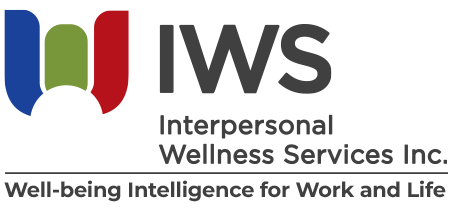What is well-being KPIs, and how do they serve us in the modern workplace?
In an era where the collective consciousness is heavily focused on well-being and mental health in society and the corporate environment, integrating Well-being KPIs into organizational structures becomes beneficial and crucial. As companies and employees navigate the ongoing impacts of a global pandemic and the consequent mental health wave, our approach to workplace wellness requires a complete recalibration.
What are KPIs?
Key Performance Indicators (KPIs) are measurable values demonstrating how effectively an organization achieves its key business objectives. These are metrics and navigational compass guiding organizations toward their strategic destinations. Organizations use KPIs at various levels to evaluate their success in reaching targets. High-level KPIs may focus on the overall performance of the enterprise, while low-level KPIs might focus on processes in departments such as sales, marketing, HR, support, and others.
KPIs should act as lamps on a runway—providing clear guidance and direction and illuminating the path toward achieving strategic objectives. KPIs can significantly drive organizational success and development if implemented and managed correctly.
Envisioning Well-being through a KPI Lens
The symbiosis between employee productivity and wellness is starkly apparent in a world still nursing the wounds from a potent health crisis. The well-being intelligence curriculum provides pivotal well-being KPIs rooted in a structured well-being framework of nine dimensions and twelve fundamental well-being competencies.
Characteristics that Drive Successful Well-being KPIs
When sculpting well-being KPIs, our emphasis pivots toward aspects our clients request to enhance wellness programs within their organizations. Over time, our clients have persistently pinpointed the objectives and outcomes within these key KPI characteristics:
- Specific: Crystal clear and coherent.
- Measurable: Data-driven and quantifiable.
- Achievable: Grounded in realism.
- Relevant: Synchronized with organizational ambitions.
- Time-Bound: Coupled with a precise timeframe.
Variation in Well-being of KPIs
The well-being intelligence curriculum KPIs offer quantitative, qualitative, leading, lagging, actionable, and financial indicators that show how organizations can benchmark and monitor progress as a competency is applied or integrated into the workplace or as part of an ongoing wellness activity at work to offer clear ROI and a way to devise next steps on the well-being journey.
A look at Integrity Well-being KPIs
As an example, we will explore Integrity as a well-being competency and how it can be measured through key metrics, such as:
- Enhanced Trust: Amplifying credibility with stakeholders and customers.
- Team Cohesion: Fostering increased trust and collaborative sharing among team members.
- Risk Mitigation: Diminishing the threat of legal, ethical, and compliance dilemmas.
- Wellness and Trust: Mitigating anxiety and cultivating a sense of team well-being and trust.
- Value Alignment: Strengthening the harmonization between corporate and employee values.
- Cultural and Moral Elevation: Enriching organizational culture, reputation, employee morale, and loyalty.
By establishing a benchmark for organizational programs, we pave the way for refining the conception and delivery of well-being activities, learning, and content that resonates with these key metrics. Furthermore, it provides a clear course for employees and leaders, outlining the predicted outcomes and guiding the procurement of workplace well-being projects.
As we recover from a major global pandemic and face a mental health crisis, it is more evident than ever that employees’ productivity is geared to their health and wellness. Well-being intelligence provides us with core well-being KPIs based on a well-being framework and core well-being competencies.
Want a deeper dive into the universe of well-being KPIs? Take a look at the upcoming workshop and digital learning sessions, where you’ll explore how to seamlessly align your wellness expenditures with employee health and performance outcomes, ensuring a future where workplace wellness isn’t merely a concept but a tangible, measurable reality.
To Your Wellness,
Joyce


